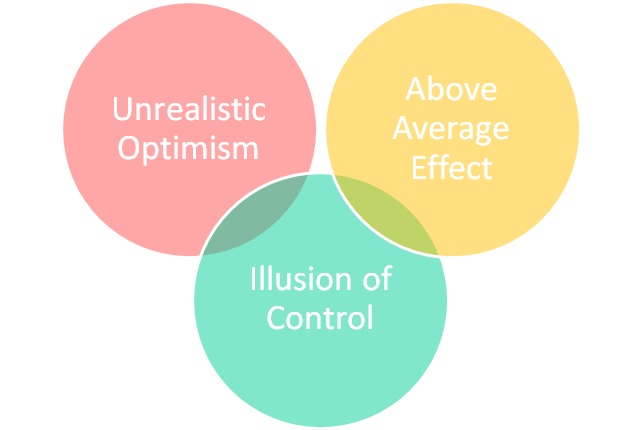
- #Examples of unrealistic optimism how to
- #Examples of unrealistic optimism software
- #Examples of unrealistic optimism professional
#Examples of unrealistic optimism software
*Selin Ezer, Co-founder and Chief Analytics Officer of App Samurai, worked at different leading companies from Turkey’s one of the biggest energy companies and Turkish Military Software Corporation to Oracle and Netvent, the very first company in Turkey to offer the entire Inbound Marketing procedure.Over time, philosophers, songwriters, comedians, writers, and poets have reflected and written about optimism in the light of a stressful and complicated life.
#Examples of unrealistic optimism professional
Please note that I have no official psychology background, so the outcome delivered in this article is not scientific it is subject to the judgement of a professional (me) that is focusing on psychology. Positive illusions are part of our human nature, but it is up to us to recognize it and use it to our advantage. Trust a professional, who is focused on the subject but also question their expertise in a comparative manner.Unfortunately, the metrics that are being presented may not be not real (because the fraudsters can manipulate any analytic tool).

#Examples of unrealistic optimism how to
Once we all accept that we underestimate the “elephant in the room,” we can start thinking of how to avoid falling into the optimism bias: Yet, most of them think their partners and/or marketing team is not exposed to it (optimism bias). It is the reality that is acknowledged by all marketing professionals as “the elephant in the room” when it comes to mobile advertising. An approximate of $1 out of every $3 is being lost to ad fraud currently. The IAB predicted that ad fraud will cost an estimated $50b to advertisers’ marketing budgets by 2025. What do you think are the professional positive illusions of mobile advertisers? Let’s get more specific and shift the focus to our sector: mobile advertising. So, these were common examples from our daily lives.

The likelihood of developing a serious health condition is usually underestimated.

People know that every marriage is exposed to the risk of ending with a divorce, but they assume the risk is lower for themselves.

These positive illusions created by our optimism bias follow us everywhere, every day:


 0 kommentar(er)
0 kommentar(er)
